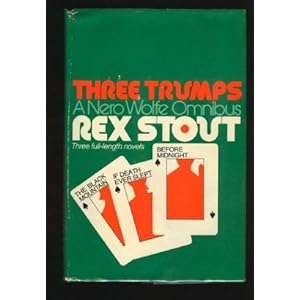
Here's a neat idea that I'm enjoying, although it probably appeals to me more than most, and I'm not screaming-from-the-rafters wild about it, either. Since Paul Levitz's new series of Legion of Super-Heroes began in May, DC Comics has given additional room for the feature in the pages of Adventure Comics. This is an anthology book that DC originally published in the 1930s and recently resurrected after several years of being dormant.
The main Legion of Super-Heroes book has begun a story that takes place at least a decade into the characters' time as a team. Readers hope that, from there, it will continue as a proper, ongoing narrative with twisting, soap opera-developments. This does leave an awful lot of room for missing backstory, however, especially with Levitz using characters and ideas from several other writers' take on the property during his twenty-year absence.
(It's a lot like Arthur Conan Doyle returning to life and writing new Sherlock Holmes stories, and incorporating elements from Andy Lane's All-Consuming Fire, Jamyang Norbu's Missing Years, William Baring-Gould's ...of Baker Street and Nicholas Meyer's Seven Percent Solution into his canon. At some point, Doyle might want to clarify what his backstory actually is.)
So while Legion is telling one grand, complex story, there's a companion storyline in Adventure, which is telling one-part flashback stories from the team's earlier days. These are illustrated by Kevin Sharpe, who proves to be competent but uninspiring. Like Yildiray Cinar on the main book, there's nothing at all wrong with his artwork, and it's leagues better than some of the incoherent slop that DC has been publishing in many other superhero books, but I miss the days when I would read Legion and be inspired to try and draw myself. I still contend that what Legion needs is someone with a radically new and wild approach. Put the next Kevin O'Neill, the next Henry Flint, the next Mike Allred on this title before I fall asleep.
Interestingly, the "second feature" in Adventure Comics suggests that somebody at DC has the notion to shake up their staid approach. Each 20-page Legion story is paired with a 10-page backup. For now, this is an Atom feature scripted by Jeff Lemire, the writer and artist behind the celebrated Essex County and Sweet Tooth series. Lemire strikes me as a very odd choice to tell stories about the freaking Atom, and I suppose that the current story, in which the Atom matches wits with a computer hacker called the Calculator, is about as good as anyone can expect a 10-page Atom feature to be.
Artwork for this is provided by Mahmud Asrar, and, again, it's competent and not confusing, but just downright dull. Based on what I've seen of Lemire's own artwork, I can't help but wish the writer also drew the story, but I suppose the trademark-worrying suits at DC can't imagine their bloodless superhero stories looking like anything else but another bloodless superhero story. I don't really feel right recommending this to anybody except Levitz Legion fans, and even then not too wildly.











